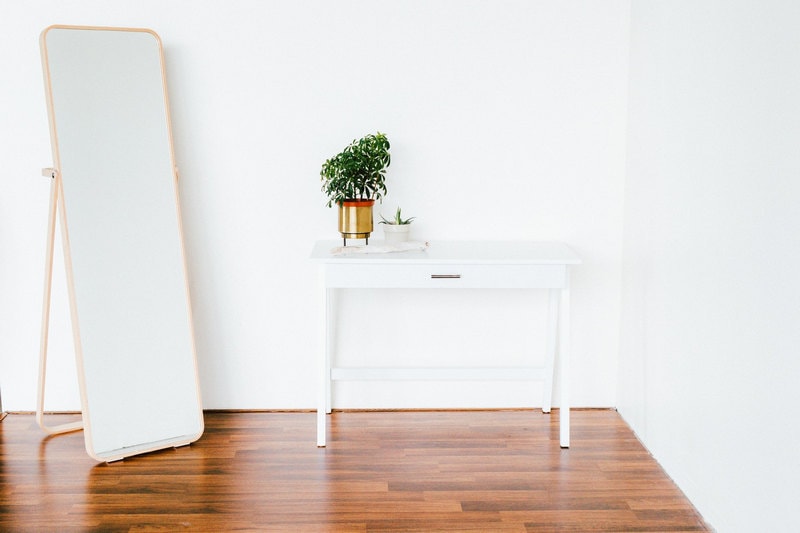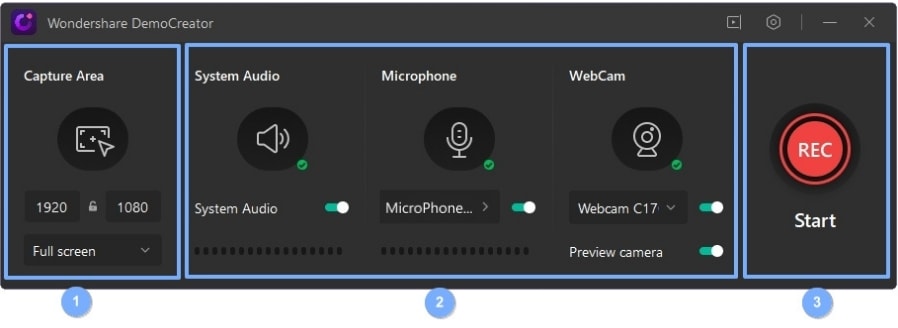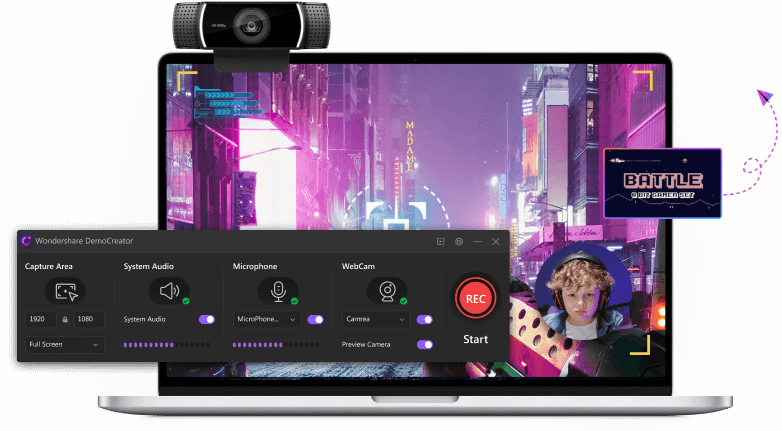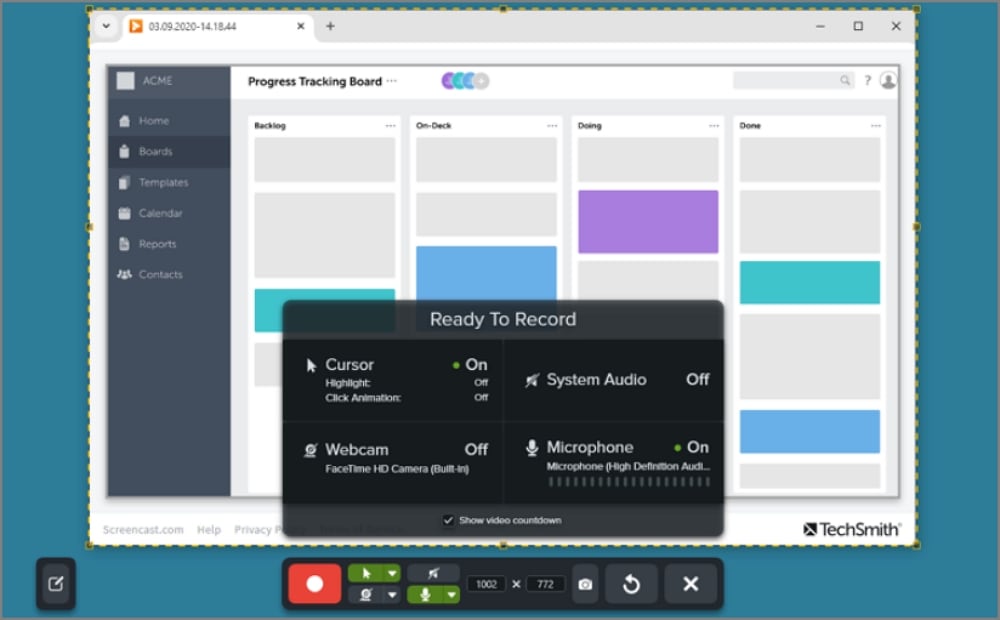How to Make Your Voice Sound Better When Recording
Wonderful voices, coordinating with their speakers' mentality, style, and appearance. Vocal tones, ready to appeal, persuade and snare everybody. In any case, since you've tapped on this page, you're undoubtedly not one of them, and you're asking yourself how to make your voice sound better when recording and more alluring. you can utilize the clamor decrease, pressure, and evening out impacts in the drop-down menu. These means and a few other altering impacts will build your vocal quality and give your recording an expert vibe. Stick with us to find out how to make your voice sound better while recording.
We also intend to provide you some brief tips to how to make your voice sound better when recording on phone. An alluring voice is something you're generally brought into the world with, and the greater part hasn't been honored with that gift. Consider film trailers or TV spots. Voice entertainers are not many that brands even in the most populated nations decide to work with similar ones again and again in light of the fact that individuals with high-status vocal resonance are not wherever to be found. Assuming you need to make an expert sounding voice for webcasts, recordings, or different media, you can utilize various instruments.
Tips for How to Make Your Voice Sound Better When Recording
1. More Power without Strain
Who doesn't need more power without strain? This is a straightforward procedure to apply and a bit simpler than the one above. You should simply to keep your jaw pointed somewhat down and your pectorals marginally flexed (well here and there it's a ton flexed) when you go for more force. Most artists reach forward or lift their jaw up to sing with more force. While it might briefly work, it messes vocal up.
2. Make a Shoddy Vocal Corner
Discover a room that is dry and doesn't repeat. A room is the best spot to record on the grounds that the padding of the bed and cushions will ingest sound.

Proficient studios have dividers with froth sound safeguards. It's not difficult to impersonate this strategy at home with thick materials. Hang thick sheets or window ornaments around you and your amplifier to make a corner that assimilates sound.
3. Get ready Before Recording
Try not to hurry into the vocal stall before you are prepared. Remaining in a studio going to record vocals can be exceptionally scary for new artists. So, practice a great deal prior to recording.
Have a go at recording yourself before hitting the studio and tune in back to note what you like and right what you don't care for. Set up the right key and smooth out any reach trouble. Your vocal strategy ought to be sufficient to try not to sit around in the studio with loads of takes and auto-tuning. That likewise implies it's smarter to have your verses and tune remembered so you're not bobbling nearby.
🔥 Hot Topic: How To Record Audio on Windows 11 - 3 Easy Ways
4. Insert the Recording Over the Video
A few groups get occupied when they tape themselves singing or talking since, they are zeroing in on what they look like. Almost certainly, your voice sounds better when you're not recording.
To make a video wherein you both look and sound your best, embed the last form of your altered recording over the video film. Ensure that the recording of your voice lines up with your mouth in the video.
5. Select The Right Microphone
Before you begin recording, go through a stanza utilizing various receivers all at once. Record three separate tracks without changing the EQ and volume settings then, at that point tune toward the rear. Doing as such will assist you with picking which is the right receiver for you.

A receiver crisscross can misshape the nature of your voice. Match the character of the receiver to the uniqueness of your voice to sound incredible in recording.
6. Assume the Correct Posture
When recording, you ought to expect the right stance. This stance expects you to remain with both your feet somewhat separated. Then, at that point, set one of your feet somewhat forward to guarantee that your weight is marginally inclining forward. Twist your knees marginally while you loosen up them. Loosen up your hands as well. A while later, do some murmuring and lip quavers. Do a lip roll beginning from low to high pitch. Then, at that point, turn around your lip roll by beginning from high to low pitch.

7. Set the Recording Levels
Subsequent to sorting out the right situation of the mic and pop channel, you should then guarantee that your interface is set on the legitimate levels. You should focus on the right levels. The sound ought to have a normal of 18dBFS. It ought to likewise be topping around 10dBFS. Besides, it ought not be cresting higher than 6dBFS.
On the channel meters of your DAW, you will promptly see the dBFS level. At the beginning, request that the performer belt a tune. Then, at that point, you ought to change the addition up a point wherein the volume is as of now averaging around 20dBFS.
8. Warm Up Before the Actual Recording
You ought to do some straightforward warm-up activities to open up your vocal strings. You can yawn to loosen up the muscles of your face, mouth, and throat. Besides, you ought to loosen up your mid-region. Then, at that point, slide back your shoulders to fix your back. Position your jaw in like manner corresponding to the floor. You ought to consistently accept the right stance when singing
9. Keep Away from Harmful Substances to your Vocal
A few substances could turn down the volume over the long haul. These substances incorporate fiery food varieties, smoke from cigarettes, milk items, pungent food sources, alcohols, and surprisingly some citrus organic products. In this way, be exceptionally cautious with the substances that ingest into your body for they might be destructive to your voice.
10. Attempt to Prevent Sibilant and Popping Sounds
The most disturbing sounds when recording vocals are the popping sounds and the sibilance. Popping sounds are created when you articulate the plosives consonants like P's and B's powerfully. The pop channel can channel a portion of these plosive sounds. The sibilant sounds, then again, are those sounds that go along when you articulate S's or alternately F's sounds.
Only occasionally would you see these sounds when you are essentially bantering? However, when you are recording, these sounds can turn out to be excessively disturbing and can demolish your vocal accounts. You can lessen these sounds simply by changing your distance when you articulate these sounds.
Extra Tips: How to Record Voice on Computer
If you are ready after going through all the tips above, it’s time to start recording your voice on your computer. You can choose Wondershare DemoCreator, an easy audio capturing software for your Windows and Mac. It helps you record voice from both the computer system and your external microphone separately or simultaneously. Moreover, it also comes with an editing feature, provides many built-in music and audio resources, which will definitely improve your voice and make it sound better.

Slip-ups and blemishes become more noticeable in the wake of recording. On the off chance that you don't care for the manner in which you sound, simply follow these means and practice more. Soon you work on your vocals and head towards turning into an expert artist that can belt out an incredible recording in a solitary take. By the day's end, making your voice sound more alluring, better, or more profound, involves attempting. Invest some energy before your mirror. Practice your breathing, remember your pitch, duplicate great speakers, and figure out how to make your voice sound better when recording with this guide. Record yourself, see what works and what doesn't.
 Secure Download
Secure Download Secure Download
Secure Download





